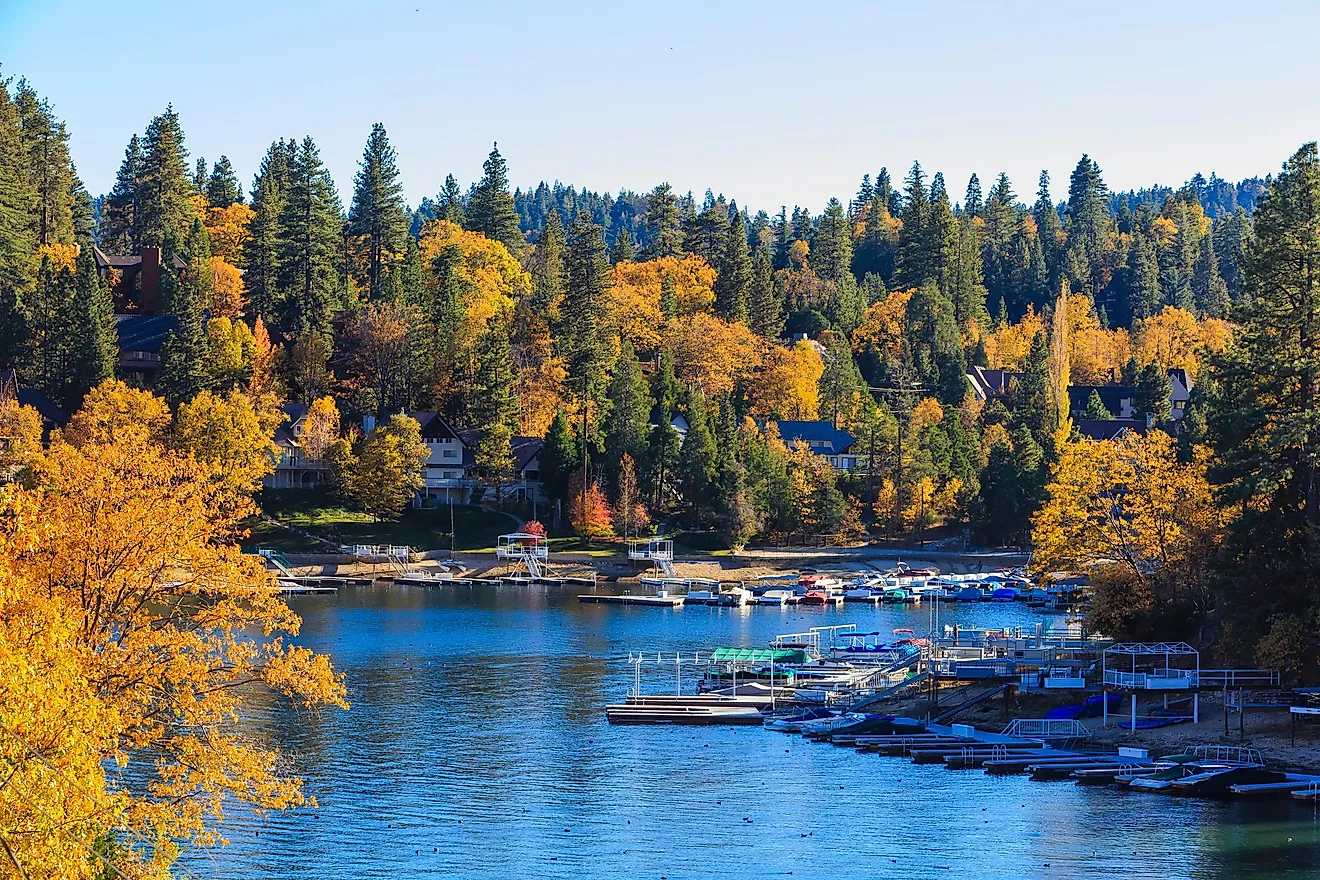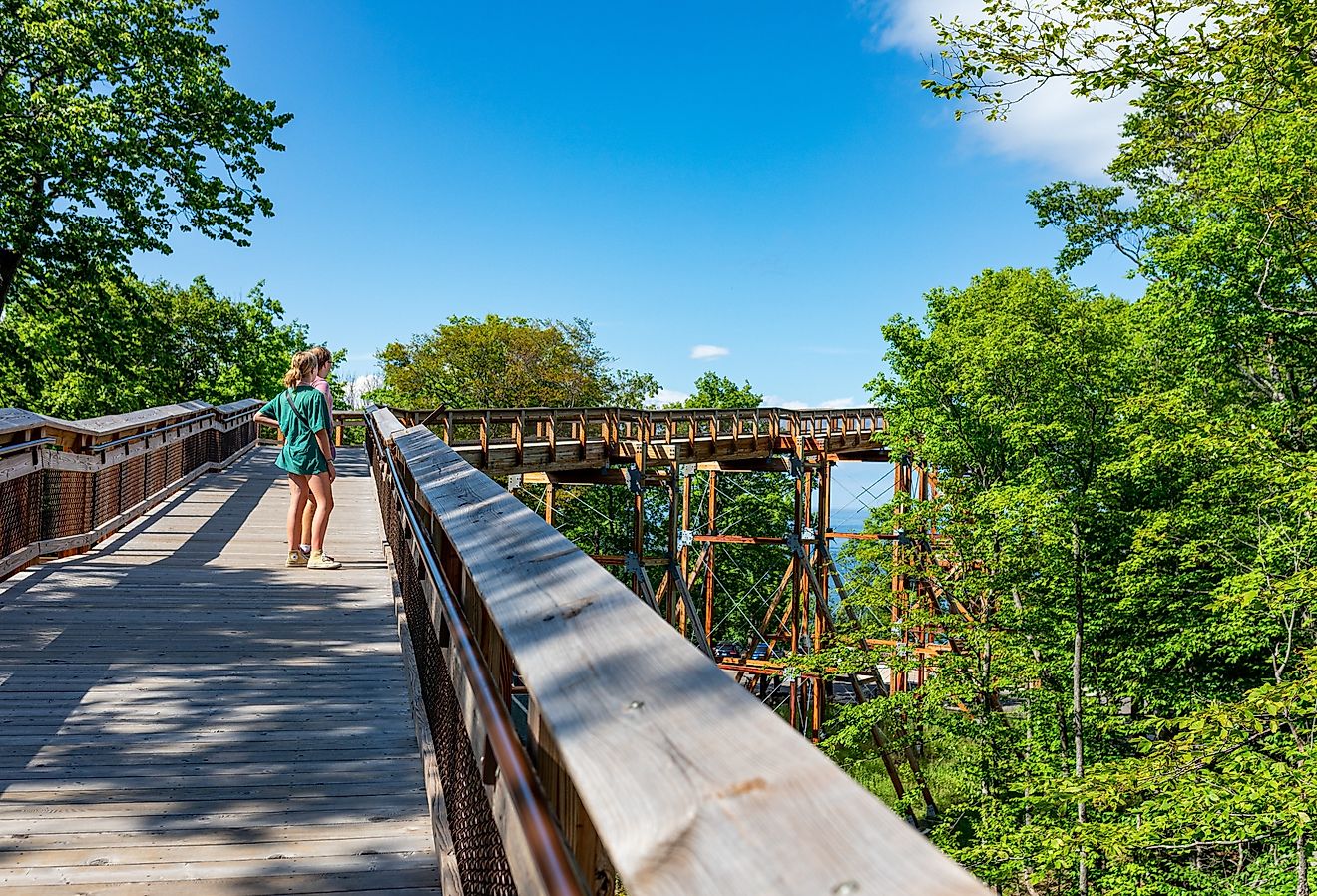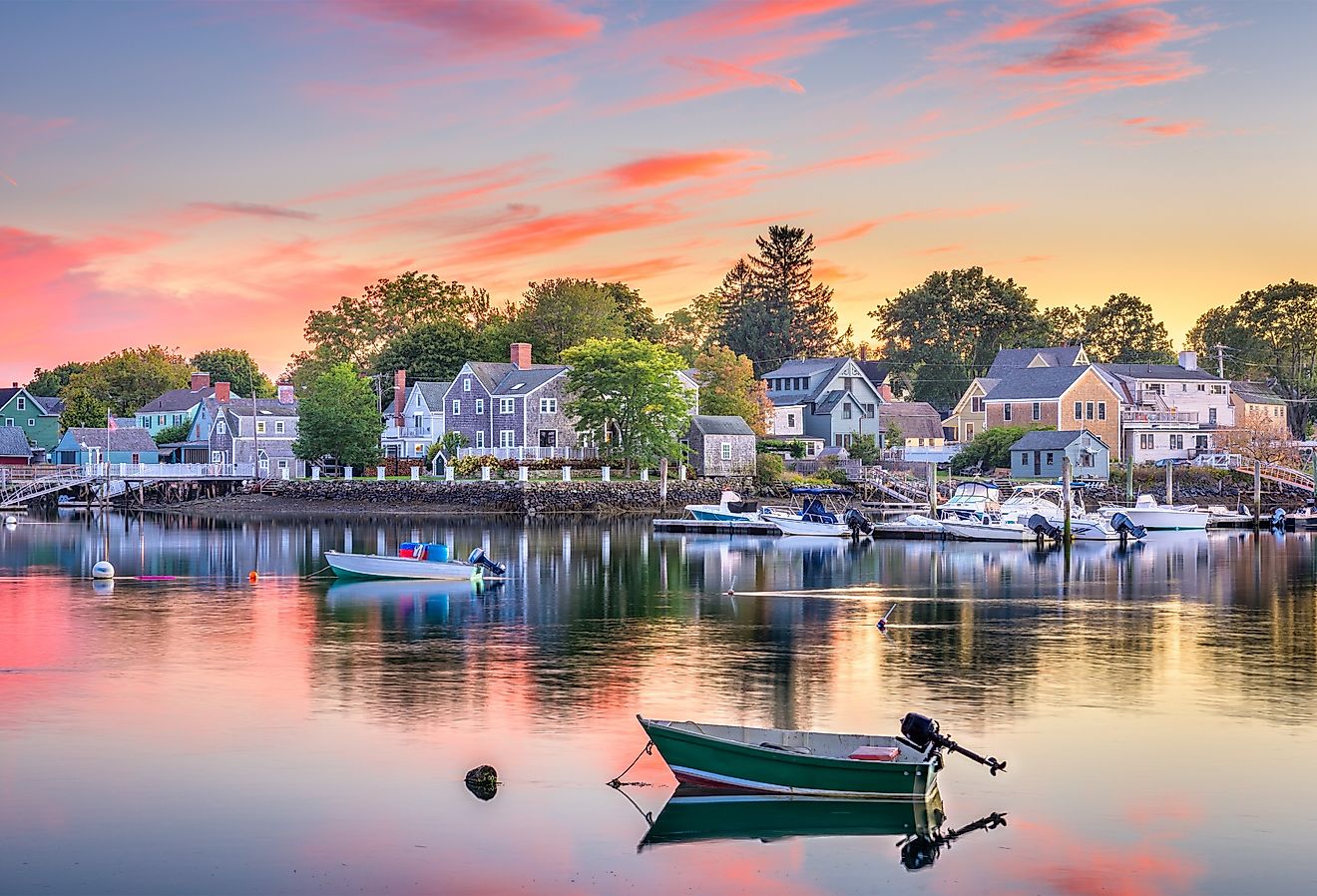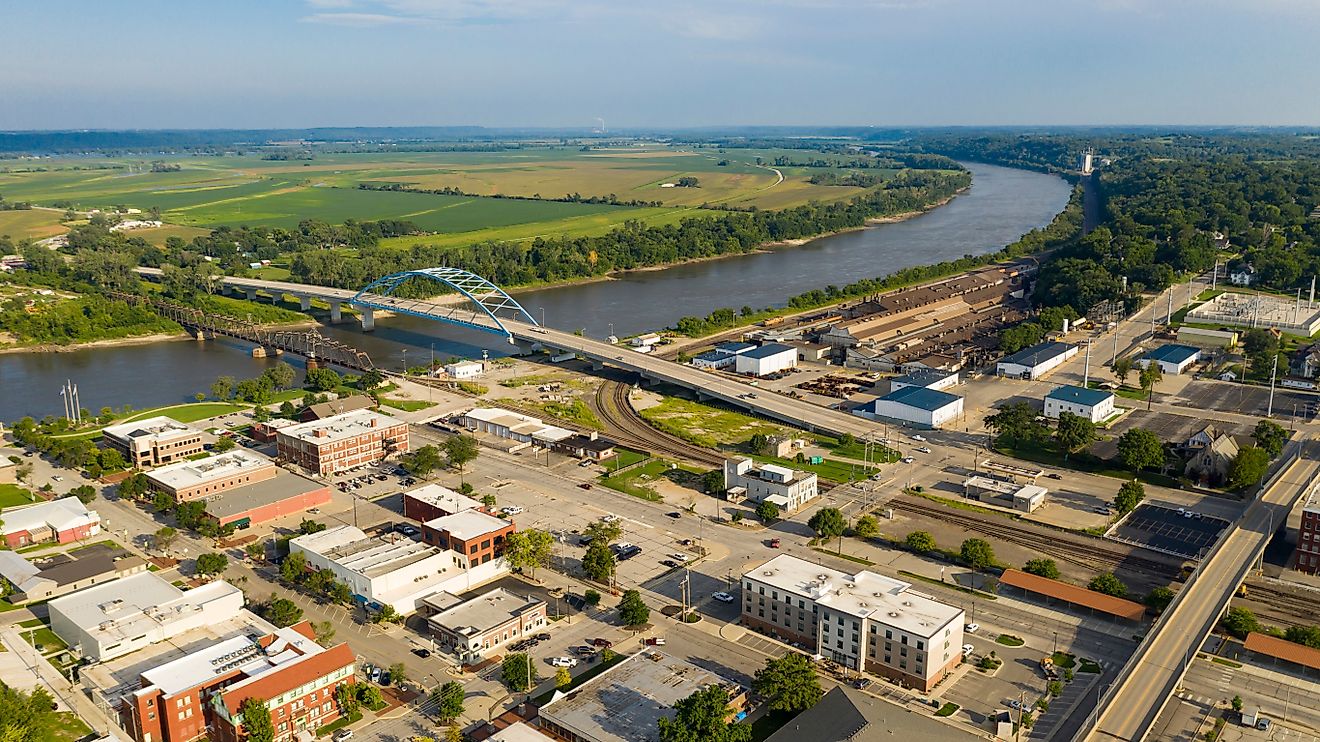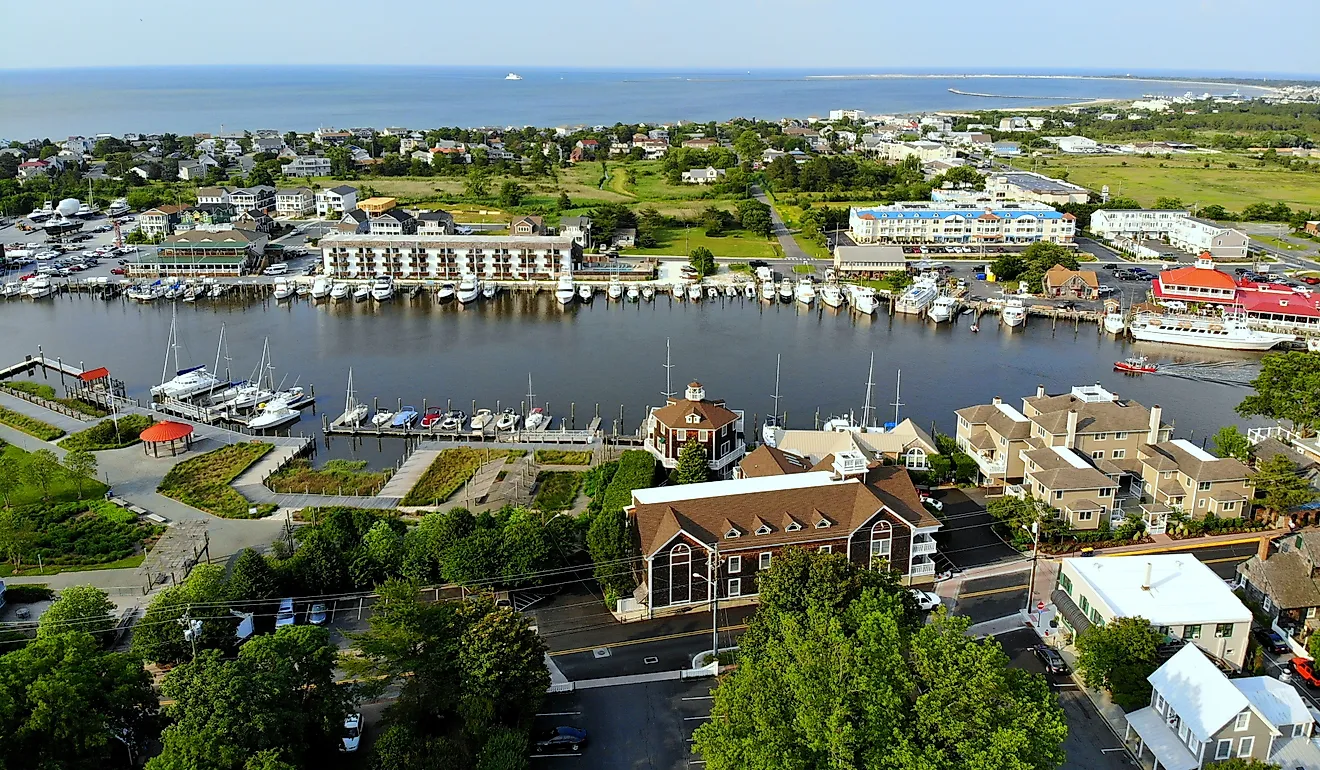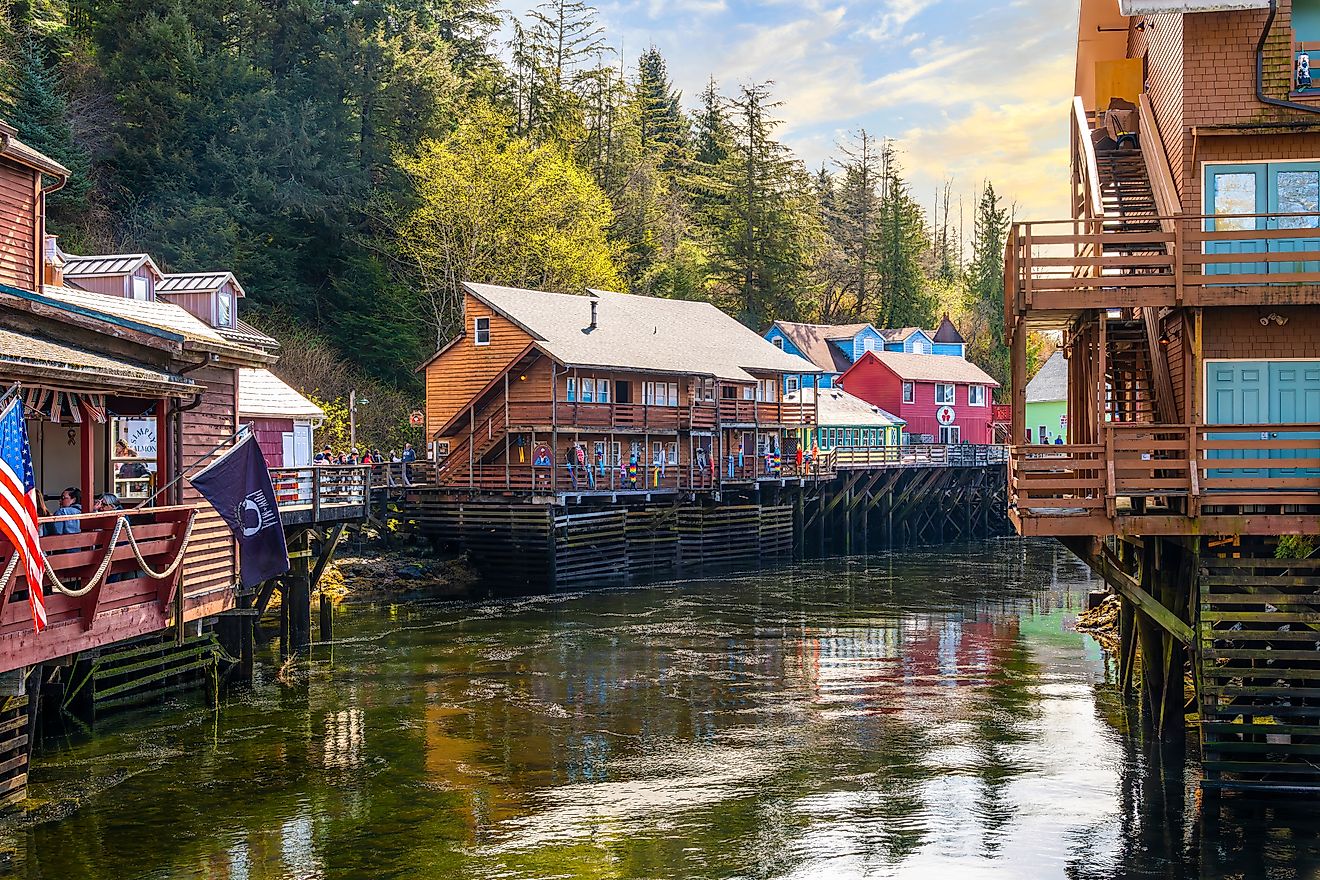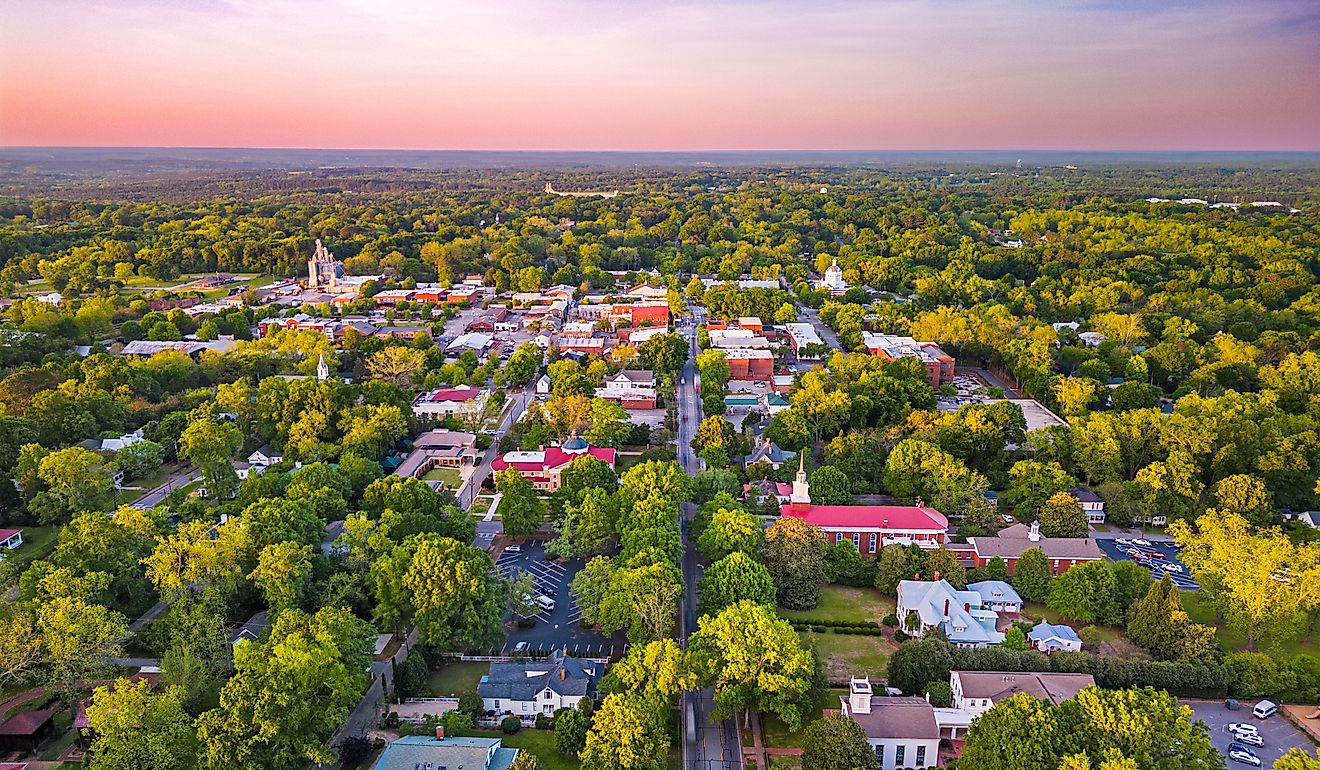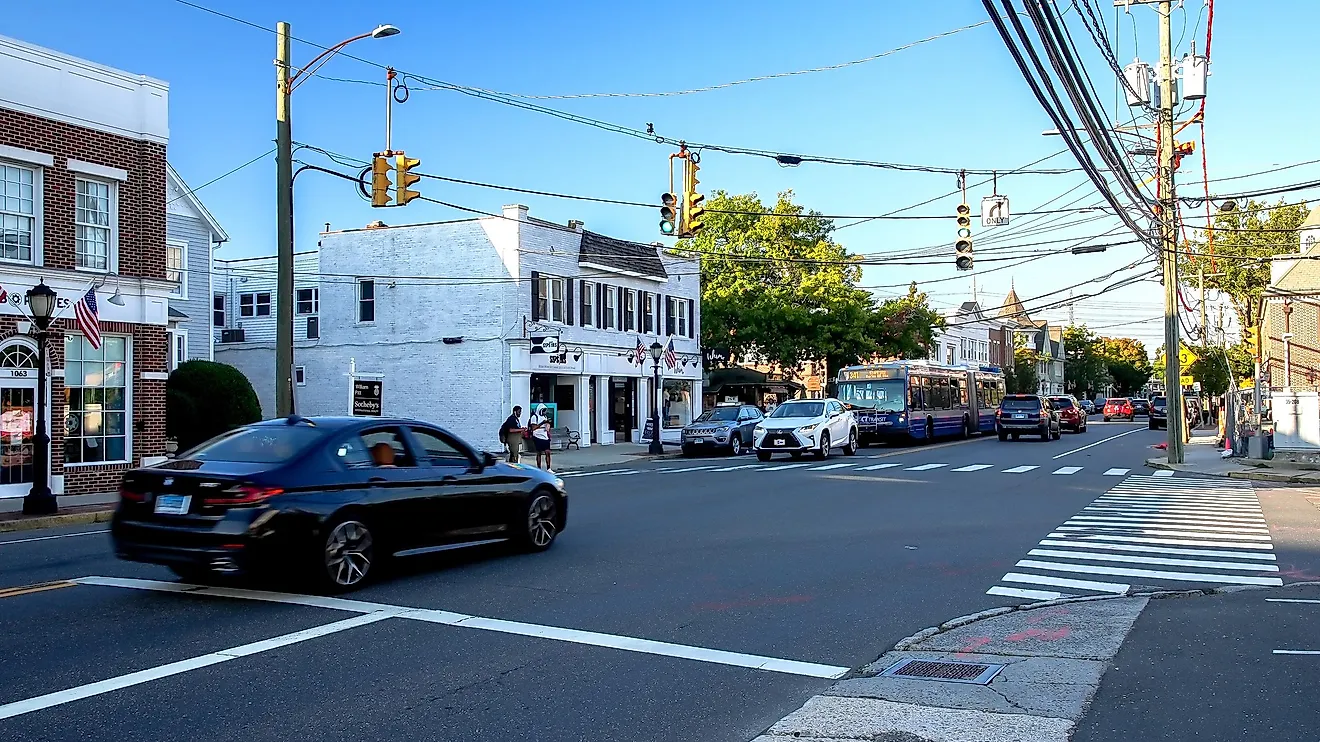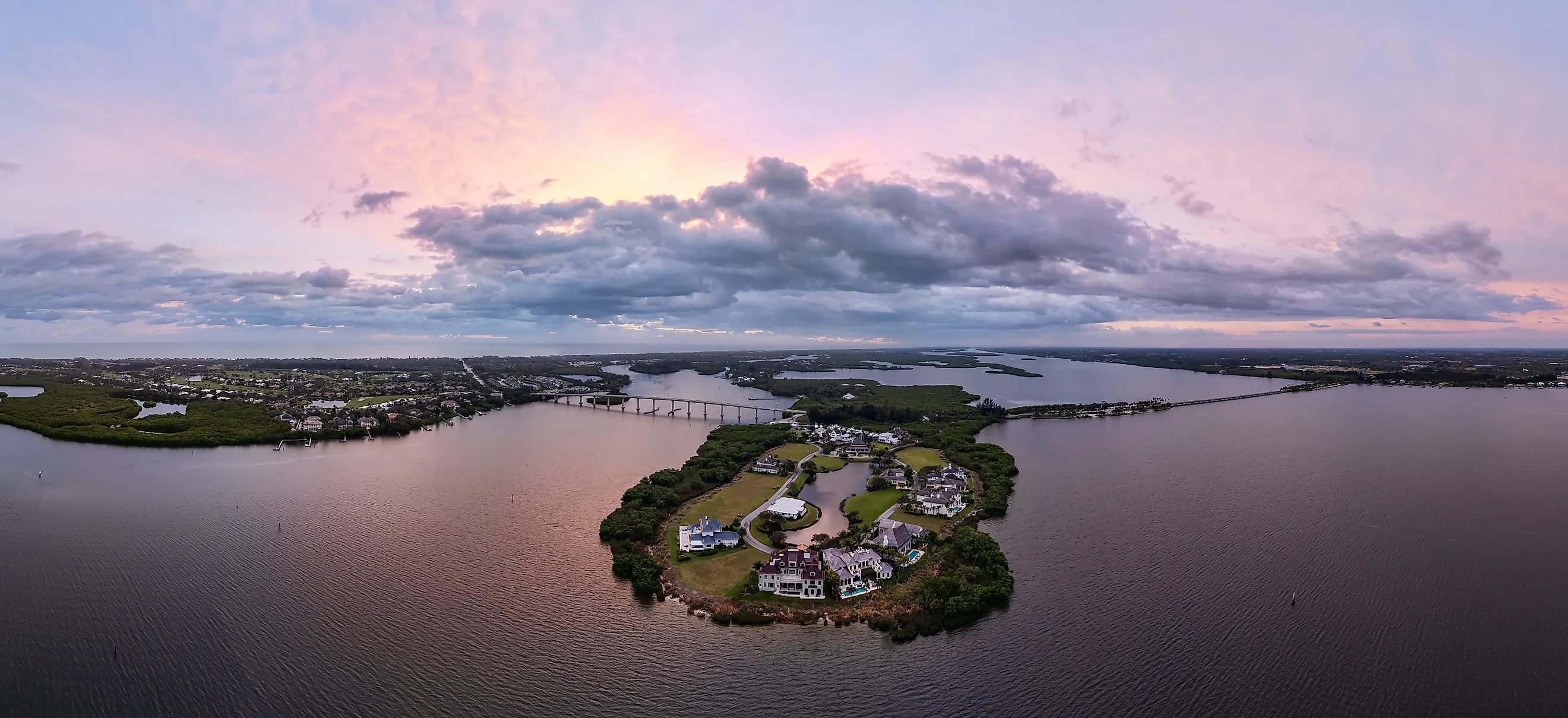
This Southern United States Scenic Byway Is the Road Trip of a Lifetime
If you thought Florida was just another warm-weather destination, think again. There’s much more to this ecologically diverse and culturally rich state than its balmy climate and busy resorts. Take a trip along Florida’s Indian River Lagoon National Scenic Byway to look beneath the state’s summery surface and learn about its unique wildlife, life in 1800s Florida, its role in space exploration, and its fragile coastal ecosystems.
You could drive the Indian River Lagoon National Scenic Byway in four hours, but that would mean hurrying past some of its most striking sights. Below we share a two-day itinerary that encourages travelers to slow down and enjoy the highlights of this dynamic road trip. We outline the essentials so you can take your time and absorb the sights and sounds of Florida’s Atlantic coastline.
Know Before You Go
Florida’s scenic highways are marked with a colorful semi-circular sign showing a sun rising over a road. These signs appear throughout the route to help you stay on track. The main roads in this byway are US 1 and SR A1A. Our itinerary travels north to south, starting in Titusville. Once 150 miles long, the byway was extended in 2015 and runs about 233 miles along the Indian River Lagoon, a narrow waterway that follows Florida’s Atlantic coastline.
Day One: Kennedy Space Center to Melbourne

Your journey begins on the moon, or as close to it as most of us will get. Merritt Island at the byway’s northern end is home to the Kennedy Space Center. Plan to spend a few hours here, as there is plenty to see in the center’s exhibits and experiences. See the huge rockets that made the moon landing possible, climb aboard the Space Shuttle Atlantis, and walk through the Rocket Garden where you can take a photo next to towering rockets from NASA’s early days.
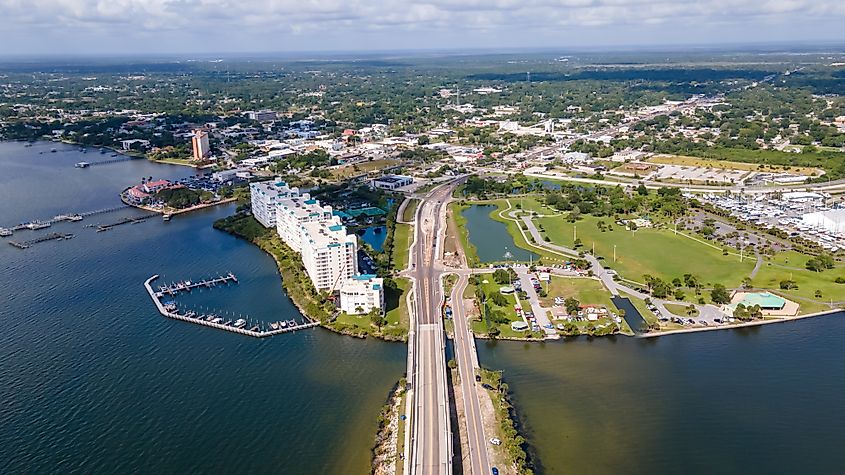
After your visit, head west over the causeway to Titusville, a historic city with a lively downtown. Stop for lunch at Dixie Crossroads, a local favorite known for ocean-caught seafood and corn fritters. After eating, spend some time with Titusville’s history at the Pritchard House Museum, an 1891 home furnished with antique furniture, 19th-century glassware, housewares, paintings, toys, clothing, and accessories.
Heading south out of Titusville, you will follow the lagoon before crossing back onto Merritt Island. If you have ever wanted to see a manatee in the wild, this is a good place. Manatee Cove Park is a quiet spot where manatees and fishermen gather. A short trail circles the water if you want to stretch your legs, and picnic tables and benches make it easy to pause and enjoy the views.
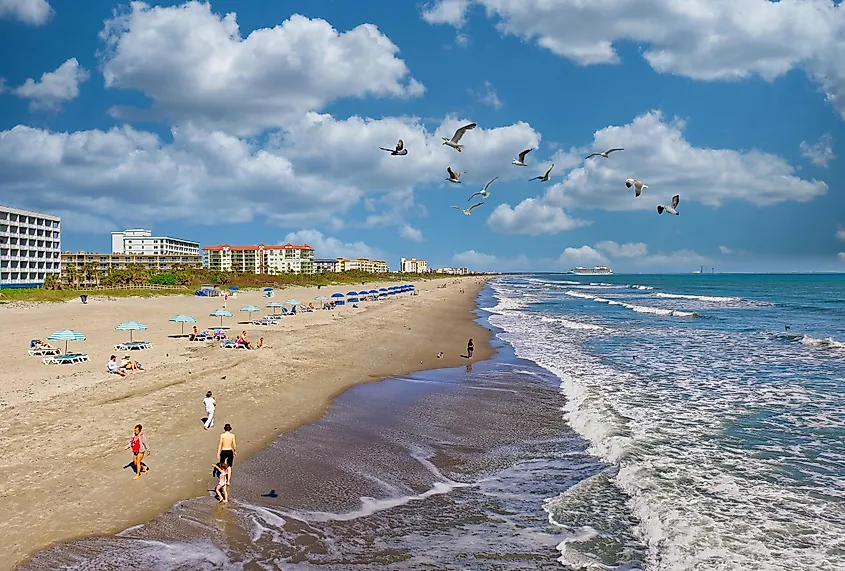
It is a short drive from Merritt Island to Cape Canaveral, where you can learn more about the history of space exploration at the Cape Canaveral Space Force Museum, and to Westgate Cocoa Beach Pier, a coastal community known for its pier, built in 1962 and more than 800 feet long.

After taking in the ocean views and white sand of Cocoa Beach, drive the causeway back over the Indian River to Melbourne, your stop for the night. One block south of downtown, the Crane Creek Inn has a range of waterfront suites and poolside rooms for a quiet overnight stay before the second leg of your trip.
Day Two: Melbourne to Wabasso

Do not be in too much of a hurry to leave Melbourne. There is plenty to enjoy in this eclectic town. The Rossetter House Museum & Gardens is one of Melbourne’s biggest attractions, giving visitors a chance to step back in time and tour the former home of the Rossetter family, who arrived in the area in 1902. You can tour the house, which is on the National Register of Historic Places and set amid well-kept gardens.
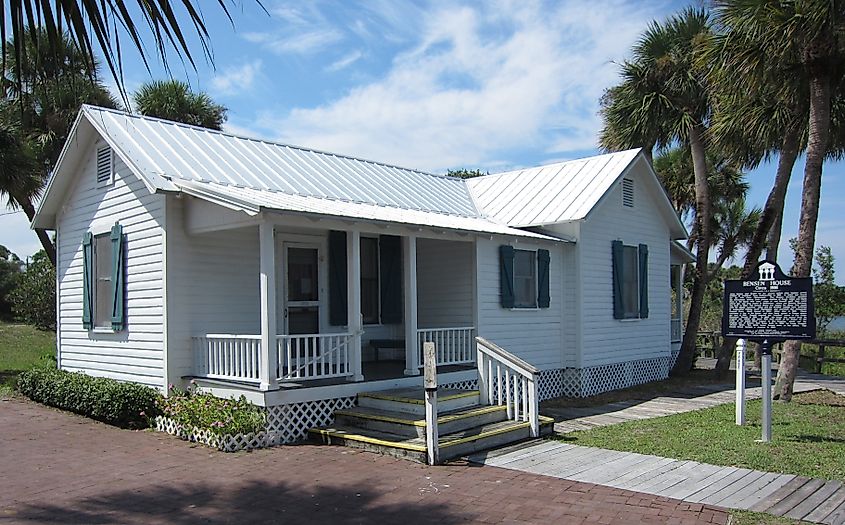
From Melbourne, the byway runs south through the twinned communities of Grant-Valkaria, whose history goes back to the 1880s. See some of this past at the Benson House in Fisherman’s Landing Park. Also known as the Grant Historical House, the Benson home was built in 1916 from yellow pine shipped in from Jacksonville. The riverfront property has been preserved as a museum.
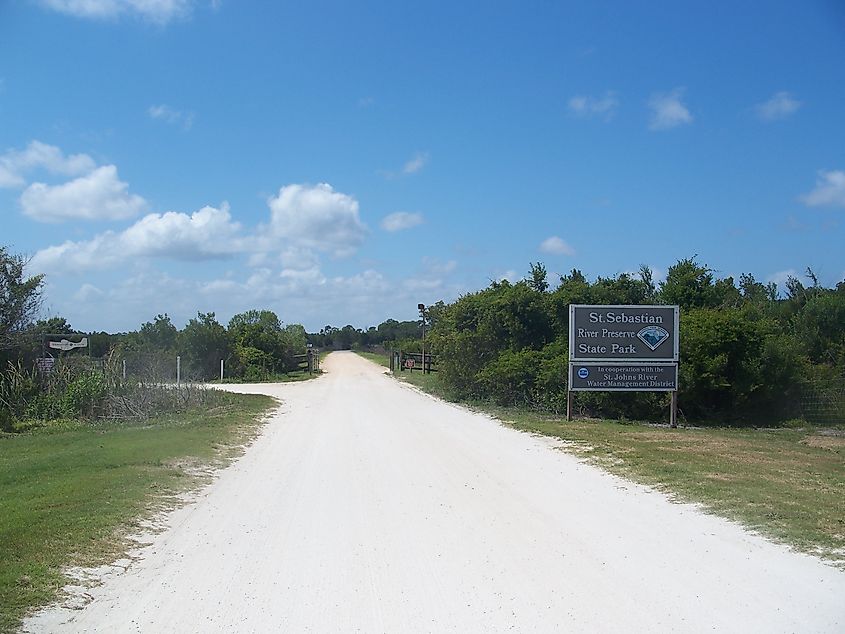
Your journey continues south to Sebastian and Fellsmere. Be sure to stop at St Sebastian River Preserve State Park. This 21,900-acre preserve includes some of Florida’s most ancient ecosystems and more than 70 listed species of threatened flora and fauna. The park has over 60 miles of trails and is on the Great Florida Birding and Wildlife Trail as one of the top birdwatching sites in the country. You can pick up a birding checklist at the ranger station and try to note kites, kestrels, bald eagles, woodpeckers, and more. Look out for other wildlife too; the park is home to alligators, manatees, deer, coyotes, and bobcats.
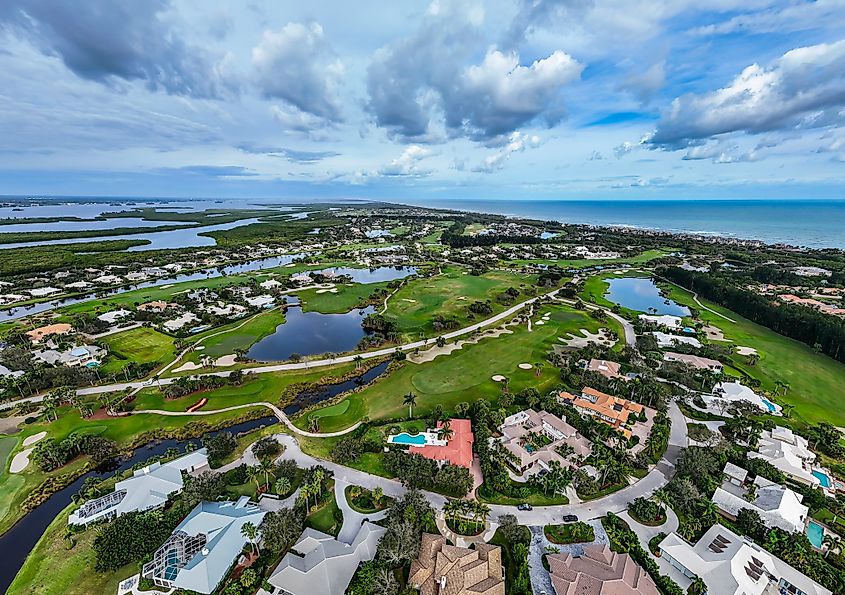
The byway ends at Wabasso, where you can drive the causeway over the river to Wabasso Beach for more Atlantic views and coastal beaches, or visit the Pelican Island National Wildlife Refuge, created to protect the area’s resident colony of nesting brown pelicans and other wading birds. The best time to see the birds is between fall and spring.
Florida’s Space Coast
The Indian River Lagoon National Scenic Byway takes you from space history to coastal marshes, with varied landscapes and communities along the way. It is one of the most distinctive routes on Florida’s Space Coast and is widely considered one of the most distinctive byways in the country, bringing together space-age history, alligator habitat, and Atlantic coastline scenery. Whether you are traveling with family, planning a trip for two, or driving on your own, this route provides steady highlights from start to finish.
